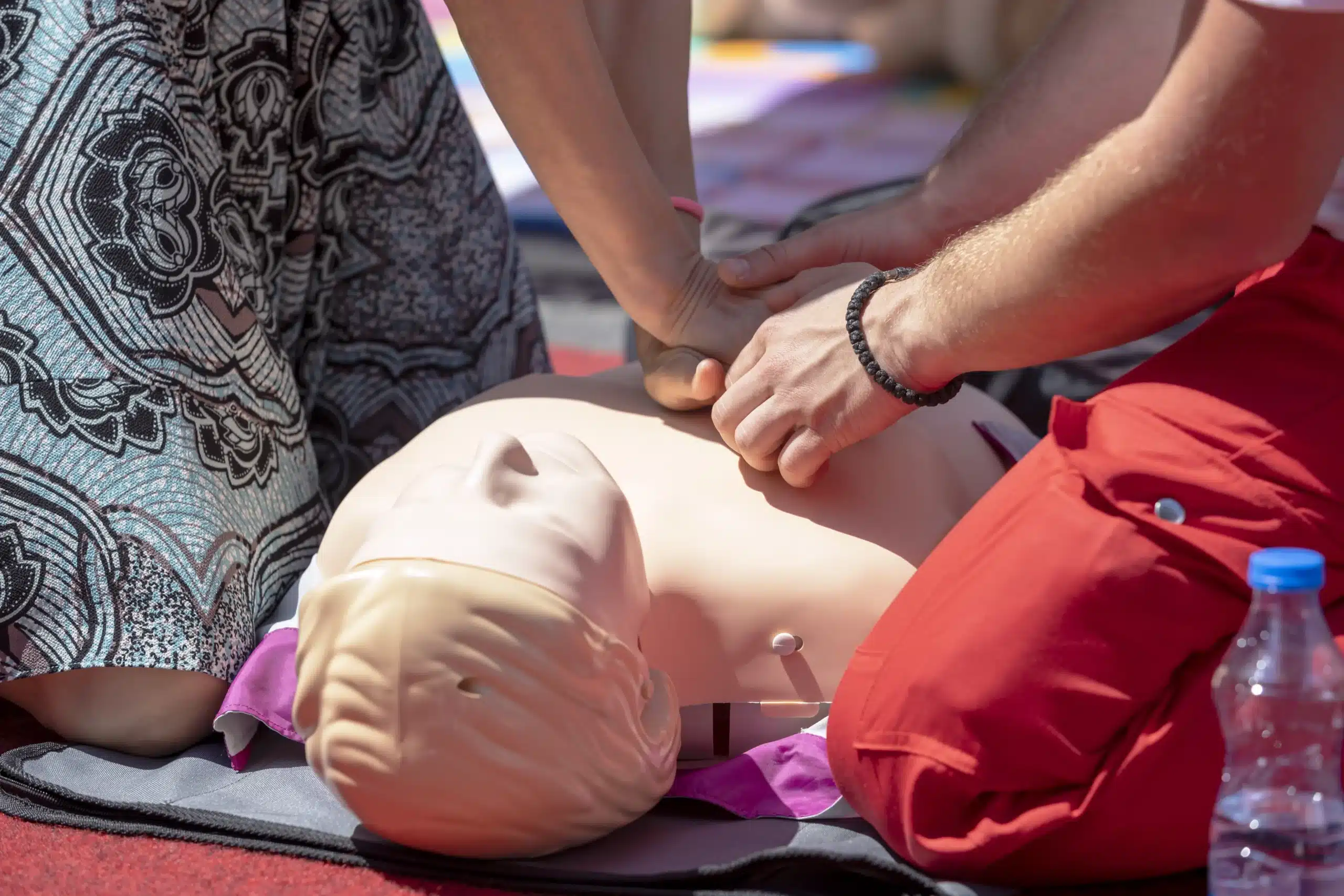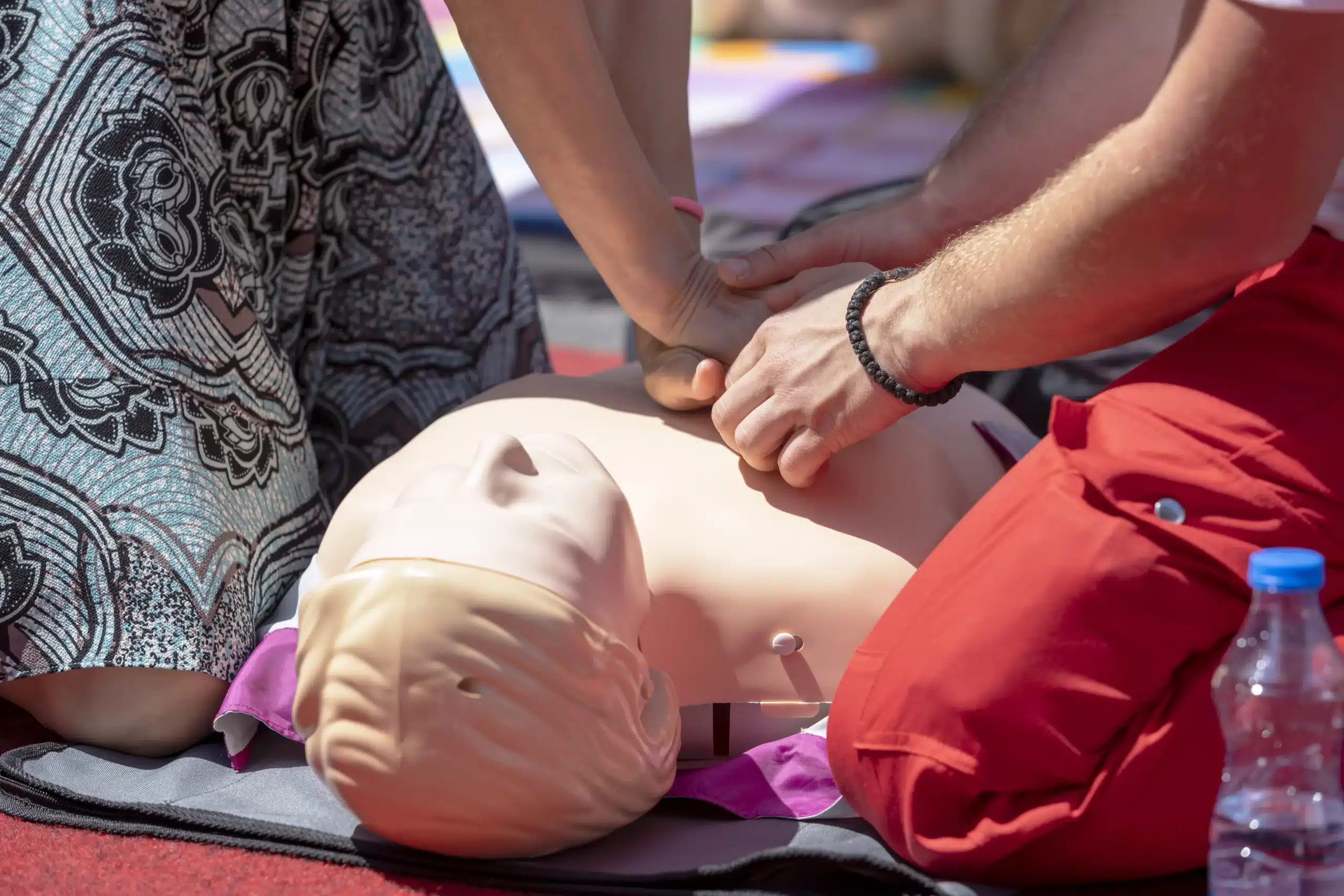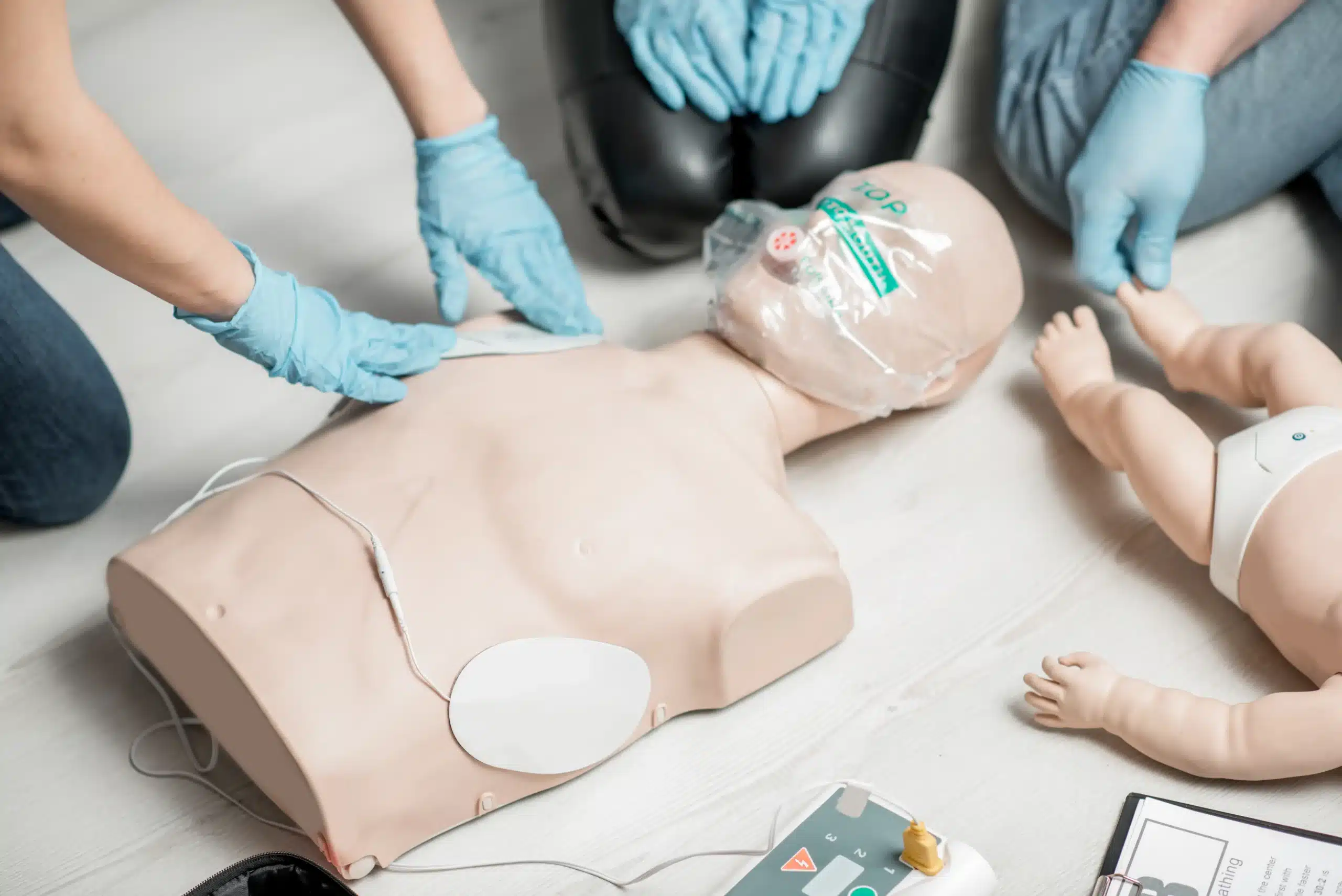Cardiopulmonary resuscitation (CPR) can save lives. However, many people hold misunderstandings about it. In this post, we’ll debunk common CPR myths. Understanding the truth equips you to act in emergencies.
Myth 1 CPR Always Brings People Back to Life
Many believe CPR always revives a person. This isn’t entirely true. CPR’s primary purpose is to maintain blood flow and oxygen to vital organs until professional help arrives. While CPR can increase survival chances, it’s not a guaranteed revival. Knowing this helps set realistic expectations during emergencies.
Several factors affect CPR’s success, such as the speed of administration and the individual’s health condition. Quick, effective CPR improves outcomes significantly. Being informed is crucial for responding optimally during emergencies.
The American Heart Association states that immediate CPR can double or triple survival chances after cardiac arrest. Remember, while CPR may not always restart the heart, it buys time for advanced medical intervention.
Myth 2 You Need Mouth-to-Mouth Resuscitation
Many people think mouth-to-mouth is essential in CPR. Recent guidelines suggest otherwise. For untrained bystanders, hands-only CPR is effective. This method focuses solely on chest compressions.
Hands-only CPR reduces hesitation among bystanders. Many feel uncomfortable performing mouth-to-mouth, fearing disease transmission. The hands-only method eliminates this concern, encouraging more people to act.
In adult cases, chest compressions alone provide sufficient oxygenation for a short period. The focus should be on maintaining blood circulation. For children and infants, however, both compressions and breaths are recommended.
Myth 3 Only Trained Professionals Should Perform CPR
Some assume only trained professionals should perform CPR. This myth can lead to inaction. In reality, anyone can perform CPR. Immediate action is crucial for survival. Bystanders shouldn’t wait for professionals to arrive.
Training boosts confidence, but untrained individuals can still provide crucial help. Hands-only CPR is simple and effective for anyone to perform. Every second counts in a cardiac emergency, so prompt action is vital.
The importance of public awareness cannot be overstated. Learning CPR basics prepares you for unexpected situations. Remember, your actions could mean the difference between life and death.
Myth 4 CPR Can Cause More Harm Than Good
Some fear doing more harm than good when performing CPR. The possibility of injury, like broken ribs, might deter people. However, the potential benefits far outweigh these risks. The chance of saving a life is worth any potential harm.
In cardiac arrest scenarios, the heart stops pumping blood. Without intervention, brain damage can occur within minutes. CPR can prevent this by maintaining blood flow. Even imperfect CPR is better than no CPR at all.
Healthcare experts emphasize the importance of action. Hesitation could result in severe consequences. Focus on providing effective compressions while waiting for emergency responders.
Myth 5 CPR is Only for Older Adults
Many associate CPR with older adults. However, cardiac arrest can affect people of any age. From infants to seniors, everyone is susceptible. Understanding this helps dispel the idea that CPR is age-specific.
Sudden cardiac arrest can occur unexpectedly. Athletes, for instance, might experience cardiac events during intense physical activity. Being prepared to perform CPR on any age group is crucial.
CPR knowledge should be universal, not limited by age assumptions. Anyone can benefit from timely intervention, making your preparedness invaluable.
Myth 6 You Must Follow a Specific Beat for Compressions
Music often accompanies CPR training, promoting specific beats per minute. While helpful, it’s not mandatory. The goal is to maintain a steady, consistent rhythm to ensure proper blood flow.
Aiming for around 100-120 compressions per minute is ideal. Songs like “Stayin’ Alive” provide a suitable tempo. However, the main focus should be effective compressions rather than perfect rhythm.
Maintaining consistent compressions is vital. Whether or not you follow a specific beat, prioritize keeping blood circulating through the body.
Myth 7 CPR is Only Needed for Heart Attacks
A common misconception is that CPR is only for heart attacks. In reality, CPR is required for various emergencies. These include drowning, suffocation, or severe allergic reactions.
Knowing when to perform CPR ensures timely intervention. Cardiac arrest, unlike heart attacks, involves the heart stopping entirely. Understanding the distinction helps determine when CPR is necessary.
Recognizing different scenarios broadens your preparedness. CPR is a versatile life-saving skill that isn’t limited to one specific event.
Myth 8 CPR Certification is Permanent
Some believe CPR certification lasts indefinitely. In truth, skills require regular updates. Guidelines evolve as medical understanding improves. Staying informed ensures your training remains relevant.
The American Heart Association recommends renewal every two years. Frequent practice enhances confidence and proficiency. Refreshing your skills prepares you for real-life situations.
Consider attending refresher courses to maintain your readiness. Staying current on guidelines maximizes your ability to respond effectively.
Myth 9 Calling 911 First is Enough
While calling 911 is crucial, it’s not enough. Every second counts in cardiac emergencies. Waiting for help without performing CPR reduces survival chances.
Bystanders should initiate CPR immediately. Emergency responders can take several minutes to arrive. Acting promptly maximizes the victim’s chances of survival.
Combining CPR with a 911 call increases effectiveness. Your intervention provides vital support until professional assistance takes over.
Myth 10 CPR is Inapplicable in Drowning Situations
Some believe CPR isn’t needed for drowning victims. On the contrary, it’s essential. Drowning can lead to cardiac arrest, requiring immediate intervention.
Water rescues often involve compromised airways. Clearing the airway and initiating CPR are critical steps. Early intervention prevents further complications.
Understanding how to adapt CPR for drowning scenarios broadens your life-saving skills. Your actions could make a significant difference in such emergencies.
Myth 11 Children Can’t Learn CPR
A lingering misconception is that children can’t learn CPR. While complex techniques might be challenging, children can grasp basic skills. Teaching them empowers young potential lifesavers.
Simplified instructions make CPR accessible to children. Programs tailored for schools introduce concepts at an early age. Encouraging youth participation fosters a safety-conscious generation.
Children’s ability to recognize emergencies and alert adults is valuable. Early exposure to CPR concepts ensures long-term preparedness.
Conclusion Empower Yourself with CPR Knowledge
Understanding common CPR myths empowers you to respond effectively. Dispelling misconceptions prepares you for real-life situations. Remember, timely intervention can make a life-saving difference.
Stay informed and consider taking a CPR course. Practice regularly to maintain confidence in your skills. Your preparedness could mean the world to someone in need.
For further learning, contact us at Safety Training Seminars. Equip yourself with the knowledge to save lives.






